400GBASE-FR4 QSFP112 PAM4 1310nm 2km DOM Duplex LC/UPC SMF Optical Transceiver Module
High-speed 400GBASE-FR4 QSFP112 transceiver with PAM4, 1310nm, 2km reach over SMF, featuring DOM for reliable network monitoring
- Estimated Delivery : Up to 4 business days
- Free Shipping & Returns : On all orders over $200
The 400GBASE-FR4 QSFP112 PAM4 1310nm 2km DOM Duplex LC/UPC SMF Optical Transceiver Module is a high-performance solution designed for data centers and metro optical networks. Utilizing the latest PAM4 modulation technology, this module delivers a blazing 400Gbps data rate while maintaining low bit error rates, ensuring high-quality signal transmission for bandwidth-intensive applications. Its QSFP112 interface standard ensures seamless integration with existing network infrastructure, allowing for quick deployment and hot-swappable convenience.
Operating at a 1310nm wavelength, the module is optimized for single-mode fiber (SMF) transmission and supports a link length of up to 2 kilometers, making it ideal for data center interconnects (DCI) and metropolitan area networks (MAN). The module also features Digital Optical Monitoring (DOM), providing real-time monitoring of key parameters such as optical power, voltage, current, and temperature. This monitoring capability helps network administrators maintain optimal performance and prevent potential downtime.
The duplex LC/UPC interface design ensures easy and reliable fiber connectivity while maintaining low insertion loss and high return loss. Engineered for industrial temperature ranges, this 400G FR4 transceiver can operate reliably in dense networking environments. Its low power consumption design reduces overall system energy usage, making it an energy-efficient solution for high-density deployments.
Compact and compliant with QSFP112 MSA standards, the module is suitable for high-density networking racks, enabling network operators to maximize port density without compromising performance. Whether used for backbone connections in data centers, enterprise campus networks, or metro networks, the 400GBASE-FR4 QSFP112 module provides high-speed, low-latency, and reliable optical connectivity.
With its robust performance, broad compatibility, and flexible deployment options, this module is an excellent choice for upgrading networks to meet the growing demand for higher bandwidth and faster data transfer. It allows operators to expand their network capacity efficiently while ensuring long-term reliability and stable operation under high traffic conditions.
| Connector | MPO |
|---|---|
| Data Rate | 400G |
| Package | QSFP112 |
| Reach | 2km |
| Brand | WHGEARLINK |
| Description | QSFP112 400G 1310nm 2Km MPO-12/APC |
| Operating Voltage | 3.3V |
| TX output (dBm) | -3.3~3.5 |
| RX Sensitivity (dBm) | <-7.3 |
| Power Consumption(W) | 10W |
| Operating Temperature | 0 to 70°C (32 to 158°F) |
| DOM | Yes |
What are the main categories of 400G optical transceivers?
Based on transmission distance and application scenarios, 400G optical transceivers are mainly categorized into SR8 (short-range), DR4 (medium-range), FR4 (medium-long range), and LR4 (long-range).
What are the common packaging types for 400G optical transceivers?
Common packaging types for 400G optical transceivers include QSFP-DD, OSFP, and QSFP112. Among these, QSFP-DD and OSFP are widely used due to their high density and excellent heat dissipation performance.
What are the main application areas of 400G optical transceivers?
400G optical transceivers are primarily used in data centers, high-performance computing, and communication networks, meeting the demands for high bandwidth and high-speed data transmission.
What is a QSFP-DD packaged 400G optical transceiver?
QSFP-DD (Quad Small Form-factor Pluggable Double Density) is a dual-density, four small form-factor pluggable package that supports data transmission rates up to 400Gbps, suitable for high-density network environments.
What is the transmission distance range for 400G optical transceivers?
Depending on the type, the transmission distance ranges from 100 meters (SR8) to 10 kilometers (LR4), covering the needs from short-range to long-range transmissions.
How do 400G optical transceivers meet the demands of data centers?
By providing high bandwidth and high-density connections, 400G optical transceivers support the high-speed transmission of massive amounts of data within data centers, improving overall network performance.
What role do 400G optical transceivers play in communication networks?
In communication networks, 400G optical transceivers are used to build high-capacity transmission links to meet the growing network traffic demands.
What is the power consumption of 400G optical transceivers?
The power consumption of 400G optical transceivers typically ranges from 8W to 12W, depending on the module type and application scenario.
What types of interfaces do 400G optical transceivers have?
Common interface types include MPO and LC, with the specific choice depending on the module type and application requirements.
What is the transmission rate of 400G optical transceivers?
400G optical transceivers have a transmission rate of 400Gbps, meeting the requirements for high-bandwidth applications.
What is the working temperature range of 400G optical transceivers?
The typical working temperature range is from 0°C to 70°C, though the specific range may vary depending on the module type and application scenario.
What are the dimensions of 400G optical transceivers?
The dimensions vary by packaging type. For example, the QSFP-DD package measures 90mm x 18.35mm x 8.5mm.
What transmission media do 400G optical transceivers use?
They mainly use single-mode fiber and multi-mode fiber, with the choice depending on the transmission distance and application needs.
What modulation technique is used in 400G optical transceivers?
400G optical transceivers typically use PAM4 (Pulse Amplitude Modulation with four levels) technology to improve data transmission efficiency.
How compatible are 400G optical transceivers?
Designed to comply with relevant standards, 400G optical transceivers ensure compatibility with equipment from different vendors.
How reliable are 400G optical transceivers?
Through rigorous testing and certification, 400G optical transceivers are designed to ensure stability and reliability under various environmental conditions.
What is the cost of 400G optical transceivers?
As the technology matures and production scales up, the cost of 400G optical transceivers has been gradually decreasing, leading to better cost-effectiveness.Where are 400G optical transceivers mainly used?
Data Centers: With the explosive growth in data traffic, data centers require higher bandwidth and faster transmission speeds. 400G optical transceivers meet the needs for large-scale data transmission and processing by providing high-density and high-speed connectivity.
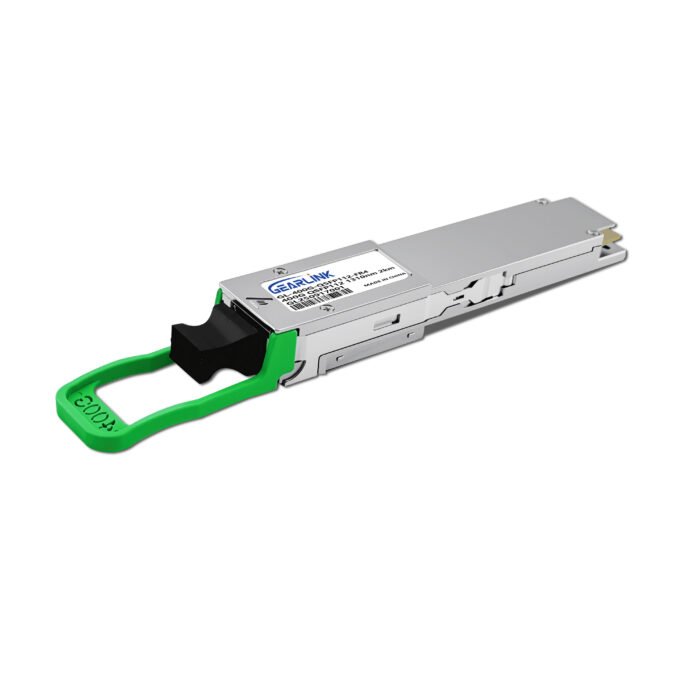
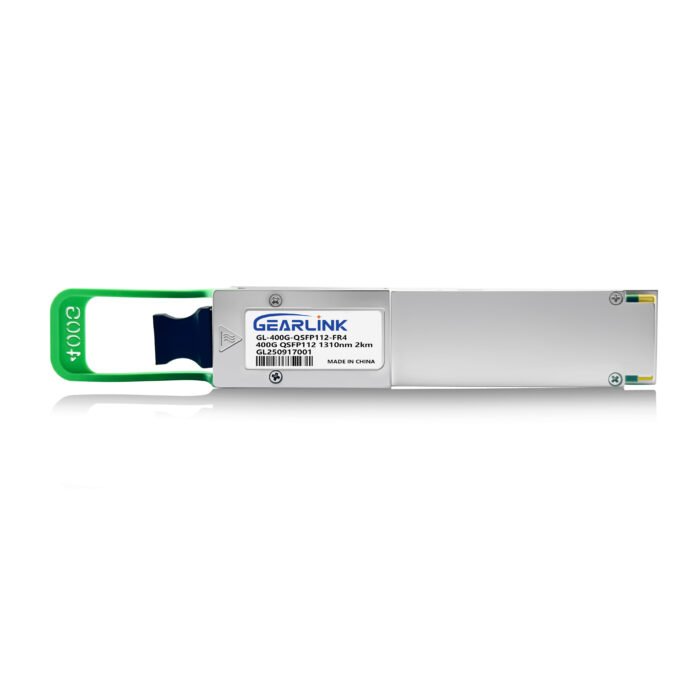

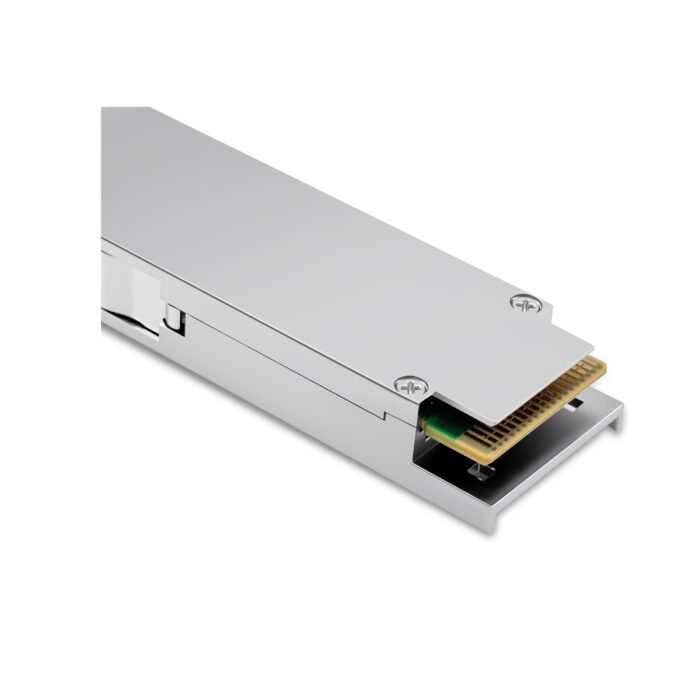
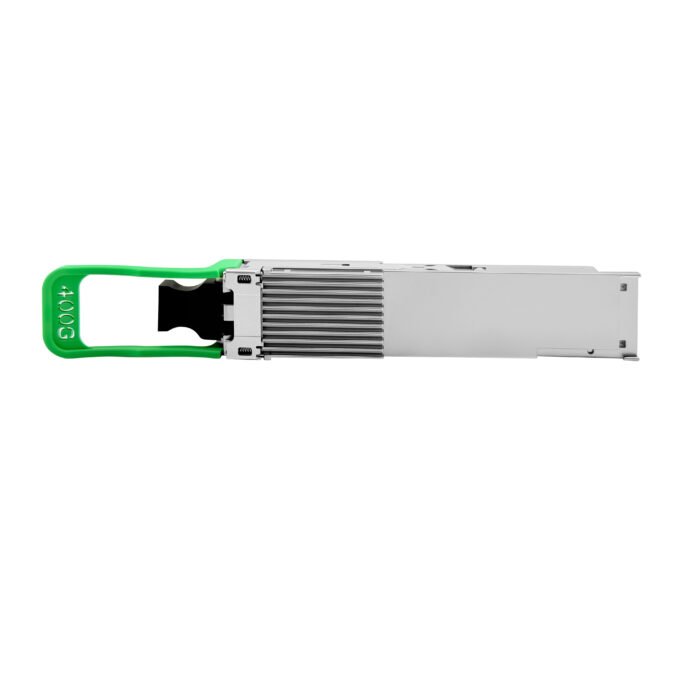
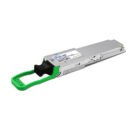
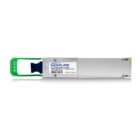
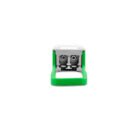
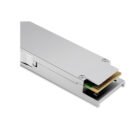
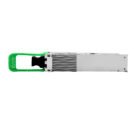
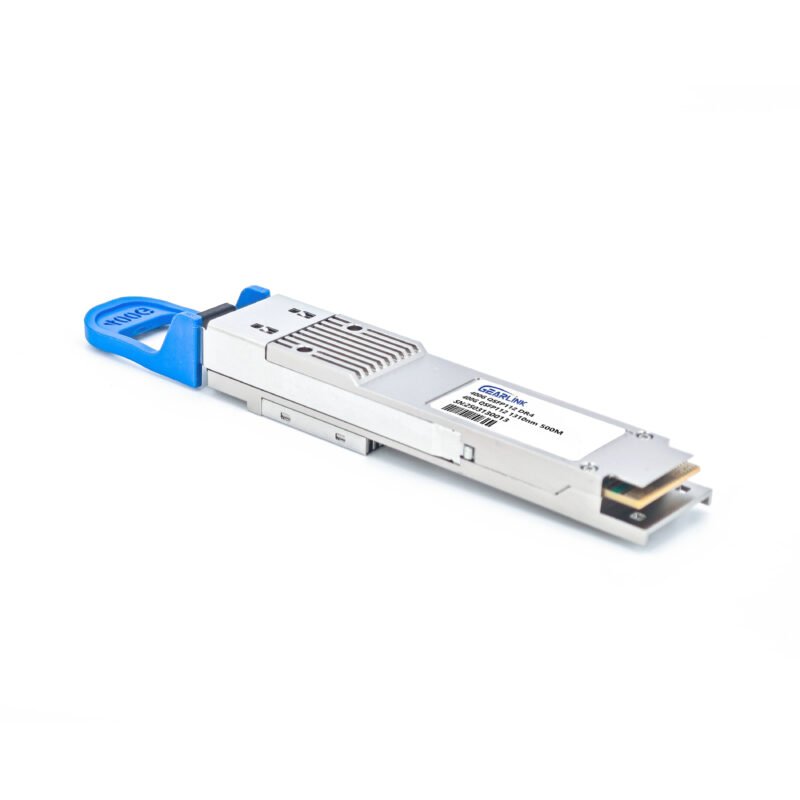
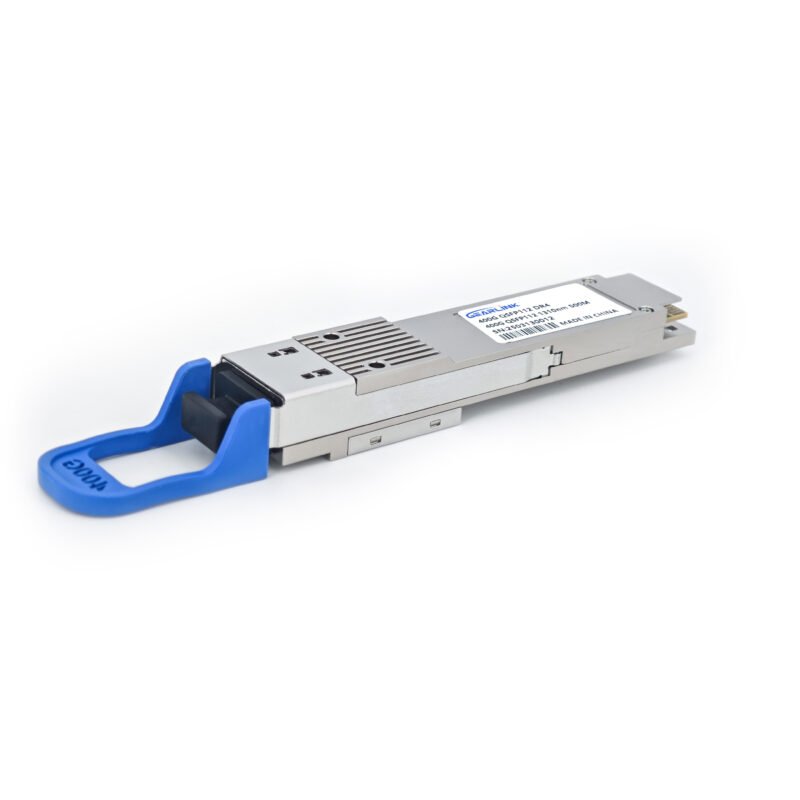
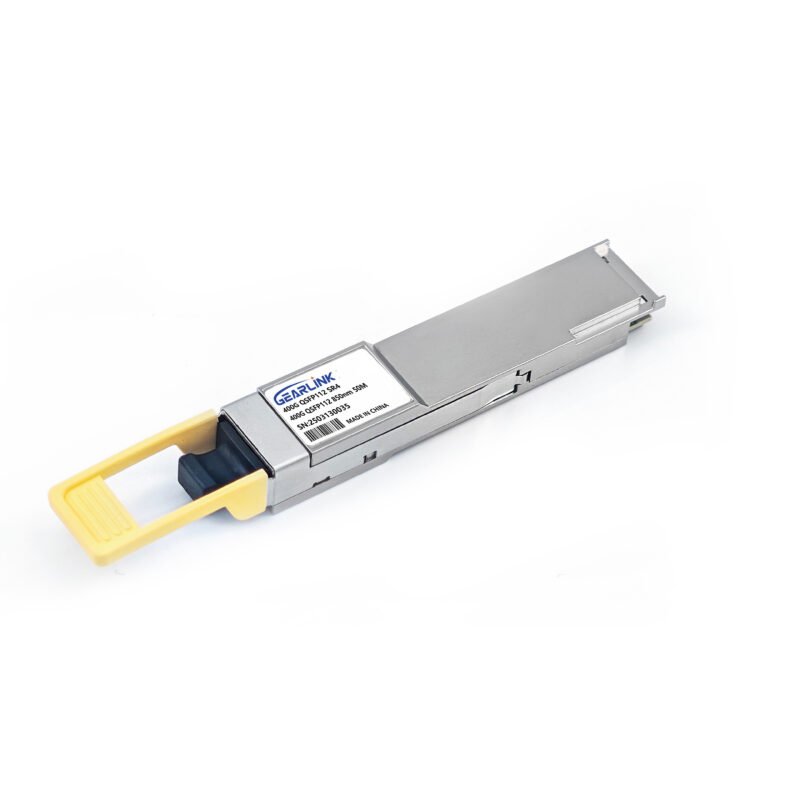
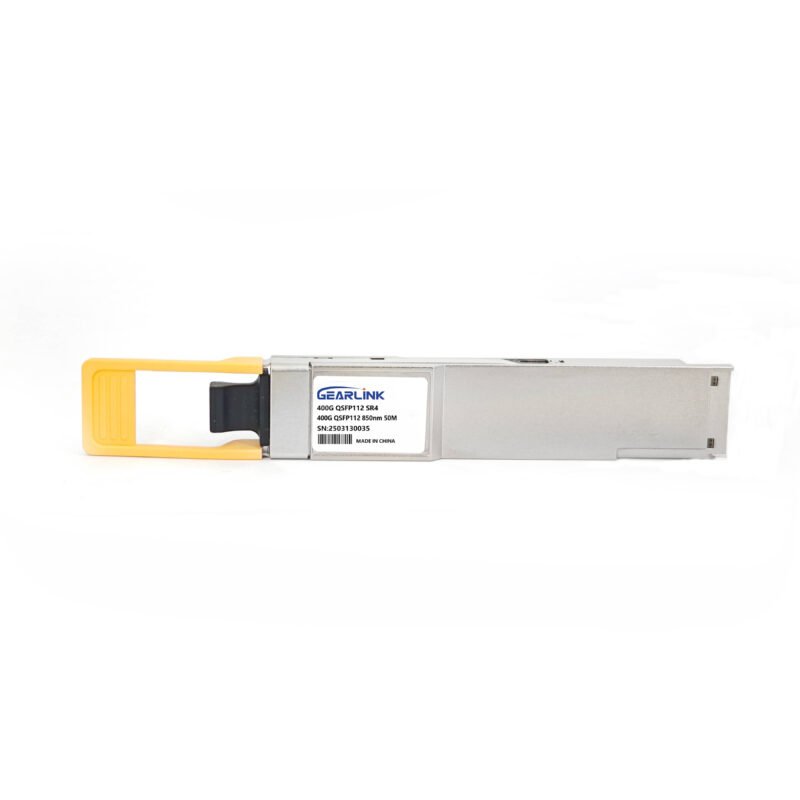
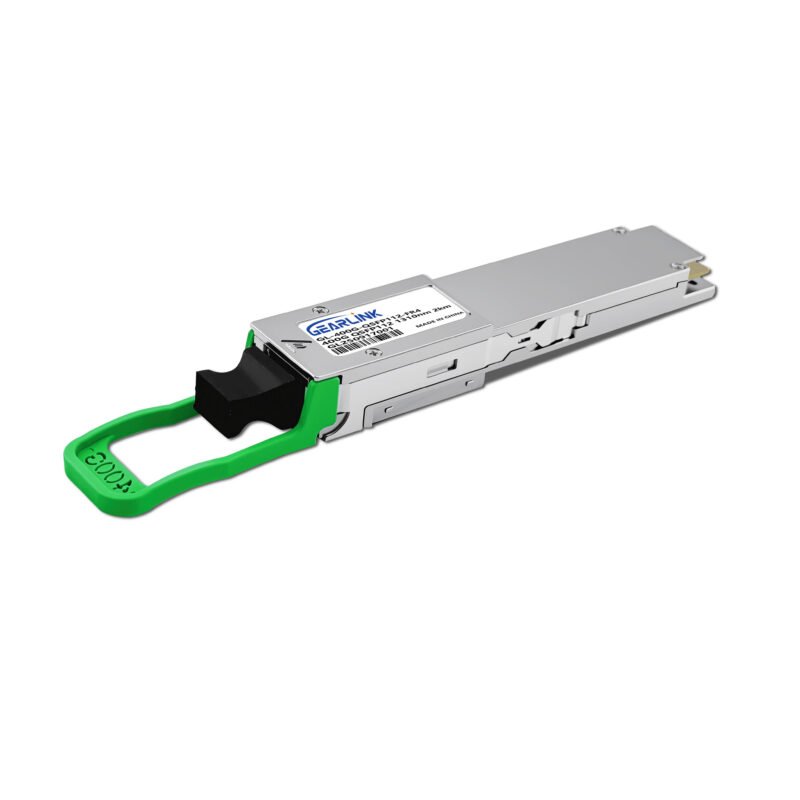
Reviews
There are no reviews yet.